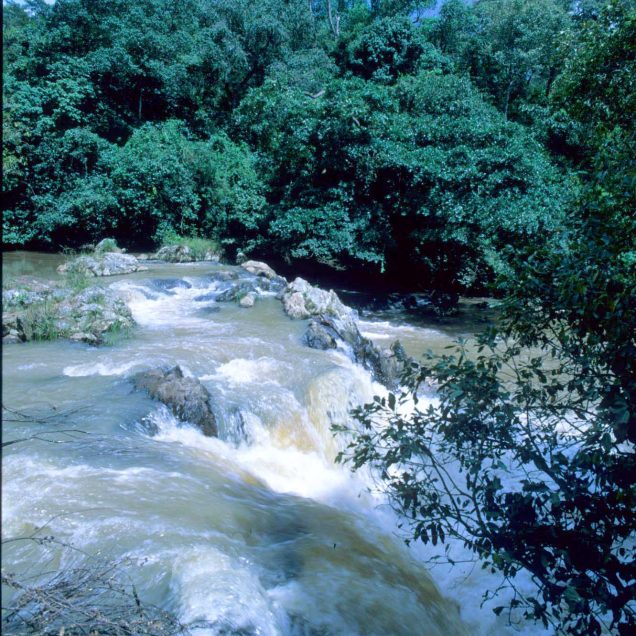Kakamega Forest is a tropical rainforest located in the western part of Kenya, near the town of Kakamega. It is one of the last remnants of the ancient Guineo-Congolian rainforest that once spanned across Central Africa. Here are some key features and information about Kakamega Forest:
- Location:
- Kakamega Forest is situated in the Kakamega and Vihiga counties of western Kenya, near the border with Uganda. It covers an area of approximately 238 square kilometers (92 square miles).
- Biodiversity:
- The forest is renowned for its high biodiversity, harboring a wide variety of plant and animal species, many of which are endemic or rare. It is considered a hotspot for biodiversity conservation.
- Flora:
- Kakamega Forest is home to a diverse array of plant species, including towering trees, ferns, orchids, and medicinal plants. Some of the tree species in the forest can reach impressive heights.
- Primates:
- The forest is inhabited by various primate species, including vervet monkeys, blue monkeys, and the rare De Brazza’s monkey. Birdwatchers can also spot numerous bird species.
- Butterflies and Insects:
- Kakamega Forest is known for its rich population of butterflies and insects. The variety of butterfly species makes it a haven for lepidopterists and nature enthusiasts.
- Reptiles and Amphibians:
- The forest is home to a variety of reptiles and amphibians, including chameleons, snakes, and frogs. The diverse ecosystems within the forest support these unique creatures.
- Bird Watching:
- Kakamega Forest is a paradise for birdwatchers, with over 400 bird species recorded. Some notable bird species include the Great Blue Turaco, African Grey Parrot, and the Turner’s Eremomela.
- Walking Trails:
- The forest offers well-maintained walking trails that allow visitors to explore its diverse ecosystems. Guided walks are available for those interested in learning more about the flora and fauna.
- Isiukhu Falls:
- Isiukhu Falls, also known as Isukhu Falls, is a scenic waterfall located within the forest. It is a popular attraction and offers a picturesque setting for visitors.
- Research and Conservation:
- Kakamega Forest has been a subject of scientific research, and ongoing conservation efforts aim to protect its unique biodiversity. Research stations within the forest contribute to scientific understanding and conservation initiatives.
- Community Involvement:
- Local communities play a role in the conservation and sustainable management of Kakamega Forest. Community-based ecotourism initiatives help generate income for local residents while promoting conservation.
- Accessibility:
- Kakamega Forest is accessible by road from major towns in western Kenya. The town of Kakamega serves as a gateway to the forest, and there are accommodations available for visitors.
Kakamega Forest offers a captivating and immersive experience for nature lovers, providing a glimpse into the rich biodiversity of a tropical rainforest. Its accessibility and unique features make it a popular destination for those seeking a different kind of safari experience in Kenya.






